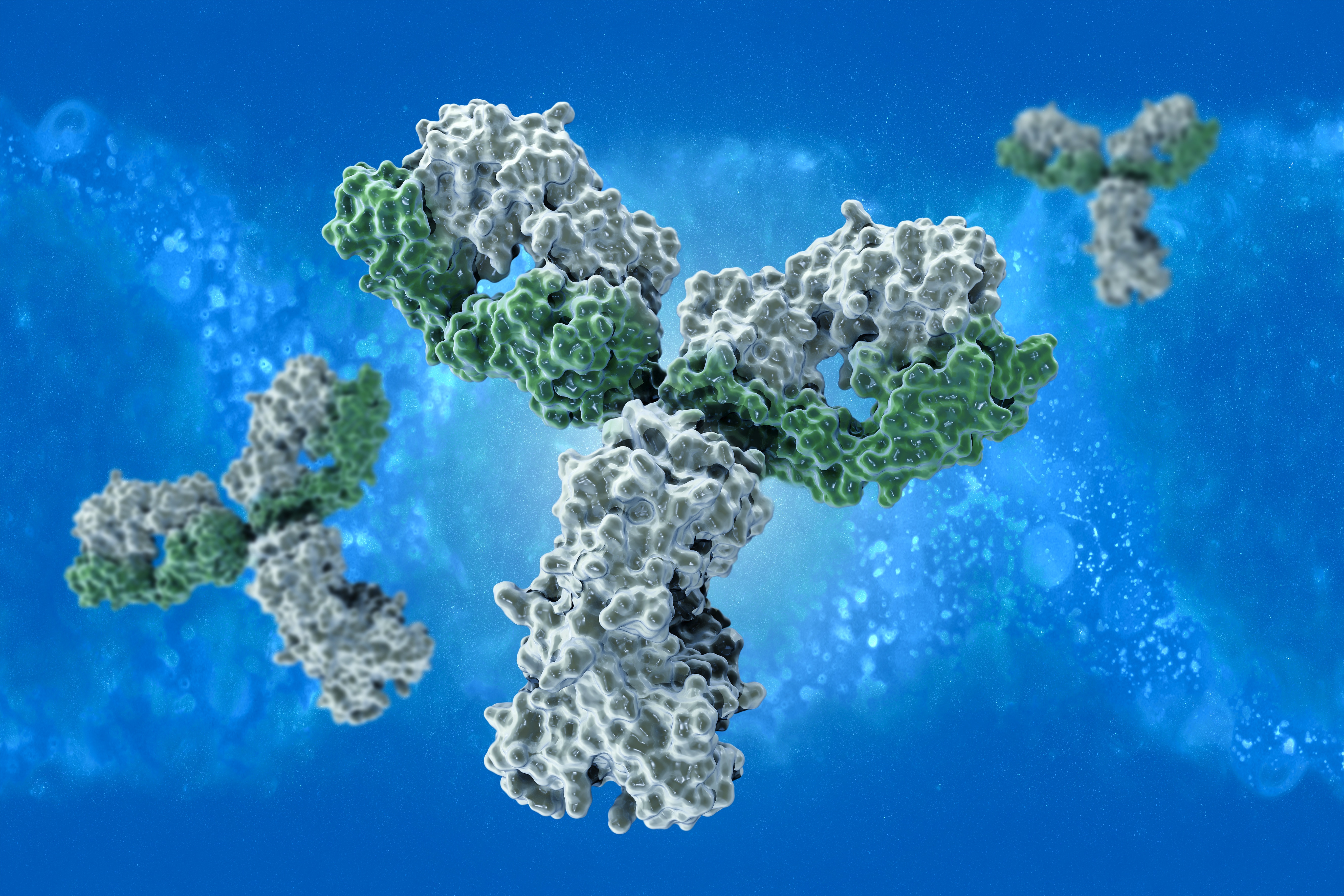Ku, Rare and Specific Antigen in Scleroderma, May Be Linked to Lung Disease

Few scleroderma patients have antibodies directed specifically against the Ku antigen, but those who do, and have them as the only autoantibody present, are more likely to have interstitial lung disease and higher levels of a muscle degradation factor.
Ku autoantibodies, as noted, are rare in people with scleroderma. The study, “Single-specificity anti-Ku antibodies in an international cohort of 2140 systemic sclerosis subjects: clinical associations,” published in the journal Medicine, found just 24 people among 2,140 participants with this type of antibody, making studies of its scleroderma contribution difficult.
The number of people carrying antibodies against Ku, without the presence of other autoantibodies, was even lower, making up only 0.6 percent of the group. The research team at McGill University in Canada that performed the study suggested international efforts are needed so that enough patients can be found for researchers to get a clear picture of the symptoms linked to this disease manifestation.
Ku is a protein involved in DNA repair, and studies have reported that between 1.5 percent and 16 percent of scleroderma patients have antibodies against this factor. The large span has been attributed to geographical differences, as well as differences in the sensitivity of methods used to detect the autoantibodies.
The presence of antibodies against Ku was first linked to the presence of myositis — a type of muscle inflammation and degeneration — among scleroderma patients. The factor has since also been linked to lung fibrosis, limited skin involvement, arthritis, and lower blood vessel disease.
Since the number of patients involved in scleroderma studies are always small, different studies sometimes come to contradicting conclusions, and the McGill researchers attempted to overcome this by gathering a larger group of patients.
They showed that patients with antibodies against Ku tended to be older when they fell ill, of Hispanic descent, and were more likely to have limited cutaneous disease, digital pitting scars, digital ulcers, and calcium deposits in the skin. They also had interstitial lung disease and lung hypertension more often than patients without the autoantibodies.
“Our findings are generally consistent with previously reported clinical associations between anti-Ku autoantibodies in SSc [systemic sclerosis] and limited cutaneous involvement, ILD [interstitial lung disease], and less vascular complications, and strengthen these findings by showing an association with single-specificity anti-Ku autoantibodies in a large multicenter patient sample.”
Researchers found no evidence of more cases of myositis in the group with Ku antibodies, but these patients were more likely to have increased levels of a muscle degradation factor (creatine kinase) in the blood, both at the initial visit and during follow-up.
In addition, patients who had antibodies against Ku, as well as other autoantibodies, were more likely to have cancer.
Nonetheless, “These results need to be interpreted with caution in light of the small sample,” the authors said. “International collaboration is key to understanding the clinical correlates of uncommon serological profiles in SSc.”






